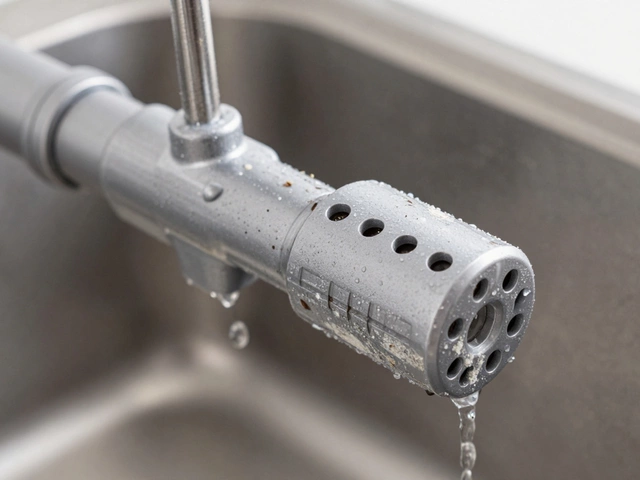Computer Upgrade: How to Give Your PC a Real Performance Boost
When tackling a computer upgrade, the process of replacing or adding hardware to make an existing system run faster or handle more tasks. Also called a PC upgrade, it lets you extend the life of a machine without buying a brand‑new desktop. Most people start with the component that offers the biggest jump in speed – RAM, memory that lets your computer hold more data for active programs. Adding or swapping RAM is cheap, quick, and often the first sign you’re getting a real performance lift.
Key Parts You’ll Touch During a Upgrade
Beyond RAM, the two upgrades that deliver the biggest visual change are SSD, solid‑state storage that cuts boot and load times dramatically and a new GPU, graphics card that handles rendering for games, video editing, and 3‑D work. Swapping a hard drive for an SSD means the operating system can read data in milliseconds instead of seconds. A stronger GPU frees the CPU from graphics chores, letting it focus on calculations for apps or games. If you’re a gamer or creator, these two upgrades often outweigh a CPU swap, especially when the existing processor is still capable of handling modern code.
Planning a successful upgrade also means understanding the tools and skills required. You’ll need a set of small screwdrivers, an anti‑static wrist strap, and a clear workspace. Knowing how to safely disconnect power, ground yourself, and handle delicate connectors is essential – it’s the safety net that prevents component damage. Once the hardware is installed, you’ll run performance benchmarking to compare before‑and‑after numbers. Programs like Cinebench or CrystalDiskMark give you concrete data on CPU, GPU, and storage speed, helping you confirm that the upgrade delivered the expected boost.
All these pieces – memory, storage, graphics, and testing – fit together like a puzzle. A well‑planned computer upgrade not only speeds up everyday tasks but also future‑proofs your setup for upcoming software demands. Below you’ll find a curated list of guides that walk you through each step, from choosing the right RAM capacity to installing an SSD and tweaking your GPU settings. Dive in and start turning your sluggish PC into a responsive workstation.
Thinking about putting money into a 7 year old laptop? This article breaks down the real costs and benefits, so you’ll know if fixing your old machine makes sense or if you’re better off buying a new one. Get the facts on common repairs, the impact on performance, and what upgrades actually help. Find out how even an old device can sometimes keep up with your needs. Make a smart decision and avoid wasting your cash.


